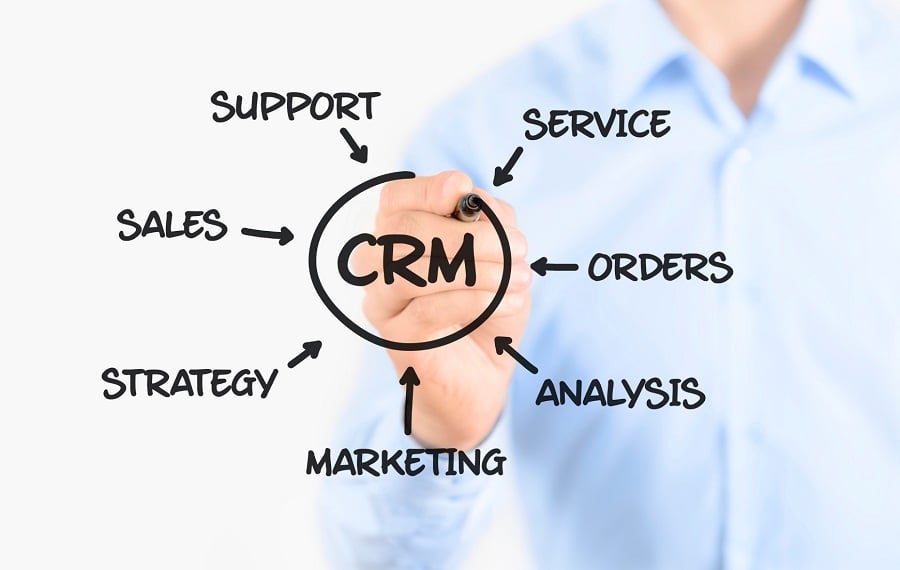If you are currently using a client relationship management program, you are likely taking advantage of several functionalities – but not all.
The learning curve on utilizing all (or most) of your CRM's tools can be daunting. But rather than going into exhaustive detail on obscure offerings, I thought I would share three ideas that might be helpful in your practice.
•
Photos: Most CRMs have a spot to store a photo of each client. Although this seems superfluous, it can actually prove to be quite handy. As your client base grows, it sometimes can be challenging to remember every client. Similarly, as your staff grows, employees might not have even met all of the clients. Having a photo front and center can prevent embarrassing moments — and help to ensure that every client feels important. The burning question: How do you get these photos? An easy approach is simply to have your receptionist snap a quick photo as your clients arrive for appointments.
(More: Vendors respond to advisers' lack of tech-savviness with educational resources)
•
Categories: CRMs allow for all kinds of categorization. Most advisers will use only a few labels, such as “financial planning clients,” “investment clients” or “tax clients.” By using more fields, you can add many additional descriptors such as hobbies, marital status, business owners, retired/working, children, communication preferences, tax bracket and others. Why is this helpful? Let's say (as happened recently in California), there is a new state tax credit for growing businesses. By having your business clients categorized, you can quickly send an informational email targeted to just those clients. Or, if you are planning a wine-tasting event, you can invite only clients who are wine enthusiasts.
(More: Real-time apps help advisers connect and stay in touch with clients)
•
Meeting notes: If you take notes during client meetings or phone calls, you can enter them in the CRM as you go. If the client is assigned homework, you can list that in follow-up actions. At the end of the meeting, print or email your notes for the client. This not only reinforces your conversation, it is another deliverable documenting your focus on service.
Implementing just one of these ideas can have a positive impact on your practice. Try it!
Sheryl Rowling is chief executive of Total Rebalance Expert and principal at Rowling & Associates. She considers herself a non-techie user of technology.







